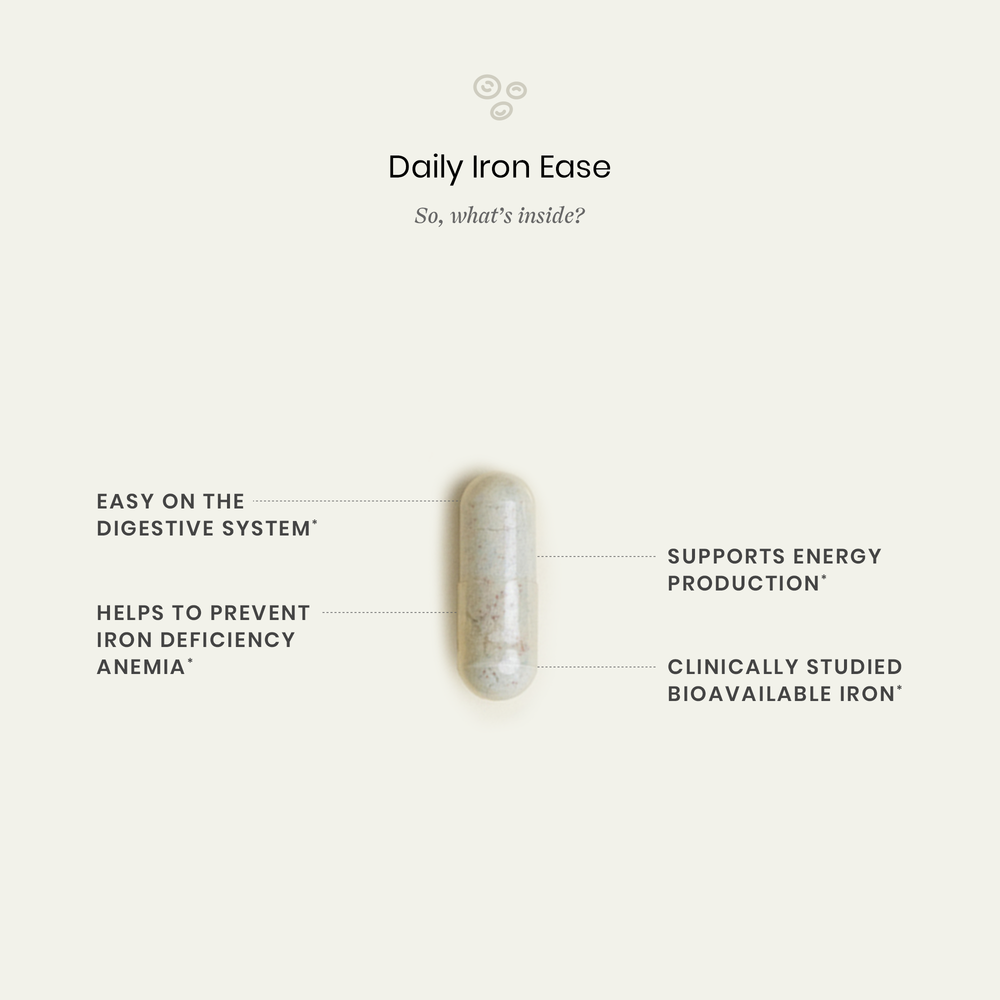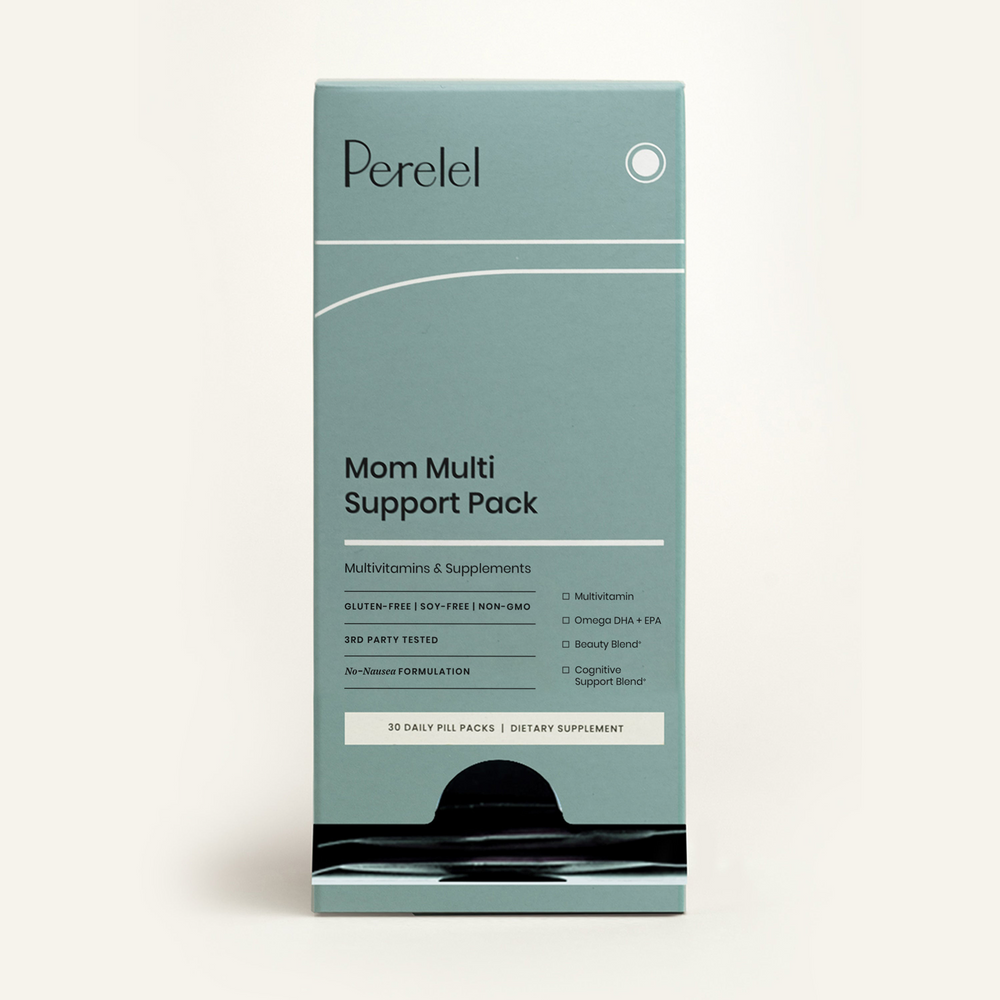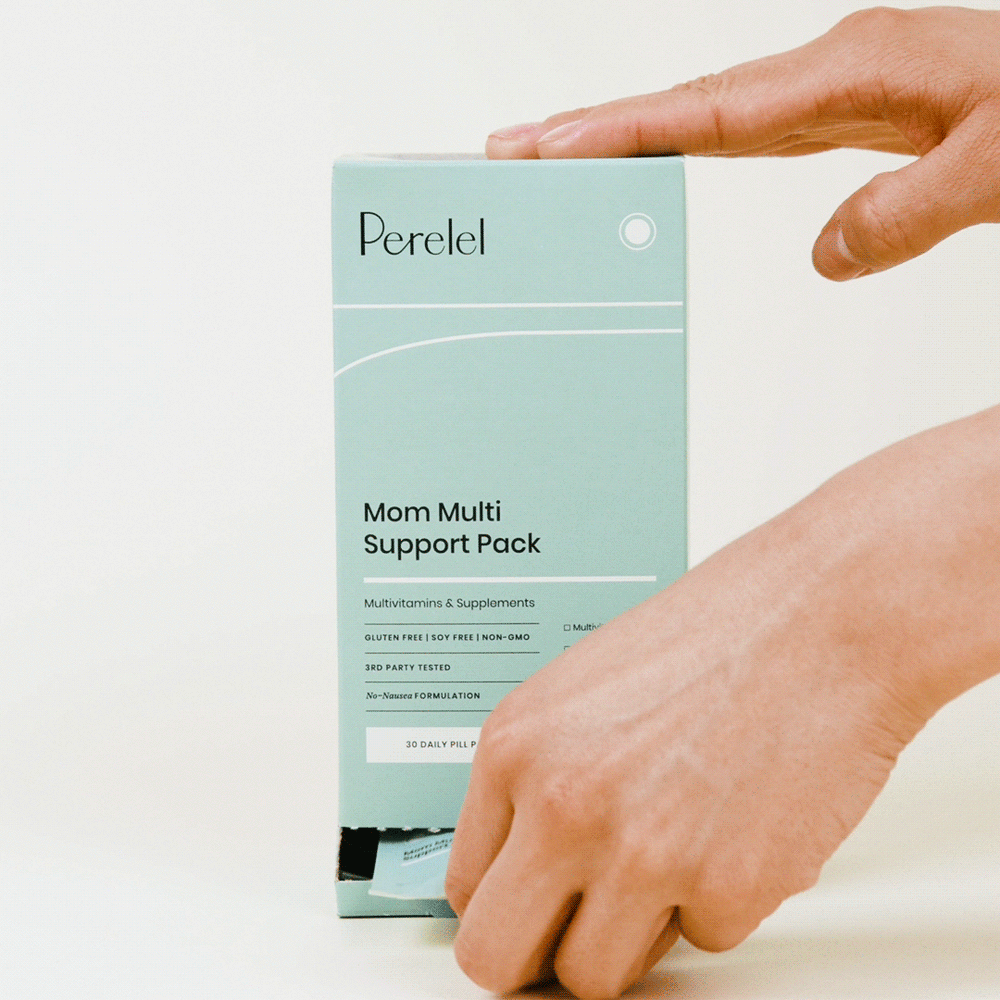Birth doesn’t always follow a single script. For some, a cesarean is part of the plan from the start. For others, it’s an unexpected turn—sometimes made calmly, other times in a rush. However it happens, it’s still your birth, and it’s worth understanding every piece of it.
A cesarean can be a routine, planned procedure or an urgent response that saves lives. But it’s also surgery, and with that comes its own set of considerations—physical, emotional, and even logistical. Here, we walk through the what, why, and how of cesarean birth, plus what to expect as you recover. Our goal: to help you feel informed, supported, and connected to your birth story, no matter how it unfolds.
Cesarean birth
A cesarean can be a personal preference or a medical necessity. It can be an informed choice or a decision made under pressure. Let’s break it all down.
What Exactly Is a Cesarean Birth?
During a cesarean birth, a baby is delivered through a surgical incision in the abdomen. Cesareans can be planned, unplanned, or used in case of an emergency.
Why Someone Might Have a Cesarean
There are different reasons, depending on the kind of cesarean.
Planned
You might schedule a cesarean if your baby is breech, you’re having multiples, or an issue like placenta previa has made a vaginal birth impossible. You could have personal reasons, like physical or sexual trauma, a phobia of birth, or wanting a certain level of predictability around the experience.
Unplanned
During spontaneous or induced labor, unexpected issues can arise—like a dropping fetal heart rate or a stalled labor—where a cesarean might be recommended.
Emergency
If there are serious concerns about your health, as in the rare case of uterine rupture, you might be rushed into an emergency cesarean. You might get general anesthesia if an epidural isn’t already in place or working well.
How common is it?
Thirty-two percent of births in the U.S. are cesareans. Around the world, 21 percent of births are cesareans—and that number is unfortunately expected to rise to 29 percent by 2030.
Why the High Rate Matters
There is no question that cesareans are an essential surgery that can be lifesaving, but they also carry risks, like breathing problems in babies and infection, blood loss, and blood clots in birthing parents. These risks are even higher for Black women, who already have high maternal mortality rates.
There are a few possible explanations for why doctors overuse cesareans:
-
They often take less time than vaginal births.
-
Doctors are sometimes paid more for cesareans.
-
Hospitals like to avoid risky labors.
There’s nothing wrong with cesarean births when they’re wanted or needed, but people should not feel pressured or uninformed when it comes to giving birth or having surgery.
What Happens During the Procedure?
Each hospital and doctor is different, but here are some common steps:
-
Your doctor and anesthesiologist give you information about the procedure so that you can make an informed choice.
-
You put on a gown and hair net.
-
The operating room might be very cold to lower the potential of bacteria and germs spreading.
-
Time for anesthesia. You should be numb from your stomach to your legs—the anesthesiologist might poke you to make sure.
-
Your lower abdomen is cleaned and then the doctor makes an incision.
You should not feel pain. -
You might hear the doctor using a suction device to remove blood or amniotic fluid from the area they’re working on. If you're worried about the sound, you can wear noise-canceling headphones.
-
As the doctor lifts out your baby, you might feel a sense of tugging, pressure, or your body shifting on the table. Some folks feel nauseous.
-
You might hear whirring noises as a machine is used to burn (or, in medical terms, cauterize) small blood vessels to stop bleeding.
-
The doctor will remove and examine your placenta. Then they’ll repair your uterus and the abdominal wall’s layers.
-
The pediatrics team will examine your baby. Sometimes your baby can rest on your chest for skin-to-skin contact or feeding.
-
Delivering the baby itself usually takes about five to 10 minutes. It takes another 45 minutes to an hour to stitch you up.
Ways to Make Surgery More Comfortable
Consider if any of these things sound supportive to you:
-
Adjusting the sterile drapes so that you can see your baby’s birth (but not the surgery itself).
-
Using some of the same comfort measures that are helpful in a vaginal birth, like aromatherapy and noise-canceling headphones.
-
Having your doula or support person in the operating room with you.
-
Asking a support person to give you a facial massage or a reassuring firm touch on your chest.
-
Getting skin-to-skin contact as soon as possible after your baby is born.
Just make sure to ask your doctor ahead of time about the hospital’s policies around these comfort measures.
What Recovery Really Looks Like
A cesarean section is serious surgery and recovery can take around six weeks. Here are a few things you can expect:
Pain
You’ll have pain at your incision site. Take medication before you feel discomfort—typically every four hours, depending on the drug you’re using.
Needing to move
After the epidural or spinal anesthesia has worn off, you’re going to need to move around the hospital. Movement every few hours helps the healing process.
Cramping
It’s common to feel cramps after birth as your uterus shrinks back to normal. You might also have cramps around your incision site. Your doctor can prescribe an over-the-counter pain reliever to help.
Constipation
Post-surgery pain medications, including opiates, can slow down bowel movements, so you’ll be stopped up, and probably gassy, for two to three days.
Relying on help
Your abdomen has to rest after you get home, so you’ll need assistance with things like getting in and out of seats, picking up your baby, opening a sliding door, and even possibly driving.
Scarring
Your incision will take four to six weeks to fully heal, though some folks feel pain even after that. For the first couple of days after delivery you shouldn’t get the incision wet. A washcloth or sponge bath is a good option.
Final Takeaways:
Let’s look back at a few key takeaways.
-
In a cesarean birth, a baby is delivered through a surgical incision in the abdomen.
-
Cesarean births can be planned, unplanned, or used in case of an emergency.
-
In 2024, almost 33 percent of reported births in the U.S. were via cesarean, despite the procedure’s risks.
-
It takes about six weeks or more to heal from a cesarean.
-
During your recovery, you’ll need help so that your body can fully rest and recover.
Shop the Article:
References:
Berghella, V. (2021, January 5). Patient education: C-section (cesarean delivery) (Beyond the Basics). Retrieved February 03, 2021, from https://www.uptodate.com/contents/c-sectioncesarean-delivery-beyond-the-basics
Berghella, V., MD, & Lockwood, C. J., MD, MHCM. (2020). Cesarean delivery: Surgical technique. Retrieved February 03, 2021, from https://www.uptodate.com/contents/cesarean-deliverysurgical-technique 3 Dahlke, J.
D., Mendez-Figueroa, H., Rouse, D. J., Berghella, V., Baxter, J. K., & Chauhan, S. P. (2013). Evidence-based surgery for cesarean delivery: an updated systematic review. American journal of obstetrics and gynecology, 209(4), 294–306. https:// doi.org/10.1016/j.ajog.2013.02.043
Ecker J. (2013). Elective cesarean delivery on maternal request. JAMA, 309(18), 1930–1936. https://doi.org/10.1001/ jama.2013.3982
Berghella, V., Lockwood, C., & Barss, V. (2020, December 8). Cesarean delivery: postoperative issues. Retrieved February 03, 2021, from https://www.uptodate.com/contents/cesareandelivery-postoperative-issues
Burns LR, Geller SE, Wholey DR. The effect of physician factors on the cesarean section decision. Med Care. 1995 Apr;33(4):365-82. doi: 10.1097/00005650-199504000-00004. PMID: 7731278.
Preterm Birth Overview. (n.d.). March of Dimes | PeriStats. https://www.marchofdimes.org/peristats/data?lev=1
Oster, E., & McClelland, S. W. (2019, October 17). Why the C-Section Rate Is So High. The Atlantic. https://www.theatlantic.com/ideas/archive/2019/10/c-section-rate-high/600172/
Caesarean section rates continue to rise, amid growing inequalities in access. (2021, June 16). https://www.who.int/news/item/16-06-2021-caesarean-section-rates-continue-to-rise-amid-growing-inequalities-in-access
C-section - Mayo Clinic. (2022, June 16). https://www.mayoclinic.org/tests-procedures/c-section/about/pac-20393655
Sun M, Song X, Shi W, Li Y, Shan N, Zhang H. Delayed umbilical cord clamping in cesarean section reduces postpartum bleeding and the rate of severe asphyxia. Clin Exp Obstet Gynecol. 2017;44(1):14-16. PMID: 29714858.
This article is for informational purposes only. It is not, nor is it intended to be, a substitute for professional medical advice, diagnosis, or treatment and we recommend that you always consult with your healthcare provider. To the extent that this article features the advice of physicians or medical practitioners, the views expressed are the views of the cited expert and do not necessarily represent the views of Perelel.




























